The Andean Cordillera forms a natural climatic barrier separating the warm and humid regions to the North (Amazonian basin) from the arid regions of the South swept by cold and dry winds from Argentina.
The mountainous terrain of the Andes also impacts on the temperature (thermal gradient) and humidity (pluviometric gradient). In the high altitude parts of the Andes, maximum temperatures are lower and there can be significant differences in temperature between day (15-20░C) and night (5░C to below freezing). Temperature increases steadily when descending from the Andes. Valleys on the flanks of the Andes offer a wide variety of microclimates, giving rise to a variety of subtropical vegetation in different locations. On the Amazonian plains, temperatures remain stable (25-30░C) throughout the year.
When is the best time to visit Bolivia?
The best time to visit Bolivia is from April to October (particularly May-June), which corresponds to the dry season with sunny days and cool nights. During the wet season, from November to March, skies are cloudy, rain is heavy, and average temperatures are high.
Average temperatures
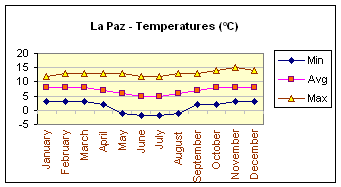 |
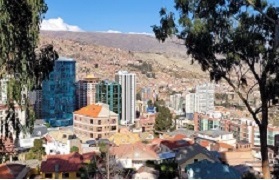 |
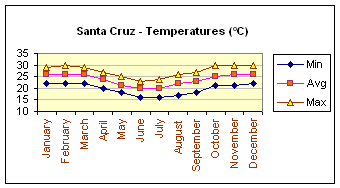 |
 |
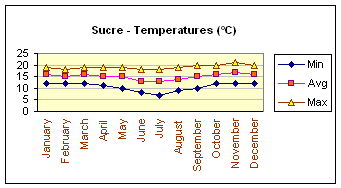 |
 |
Average precipitation
 |
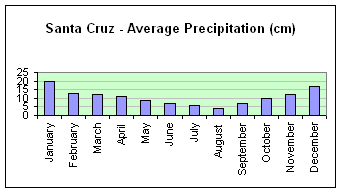 |
Data: www.weatherbase.com